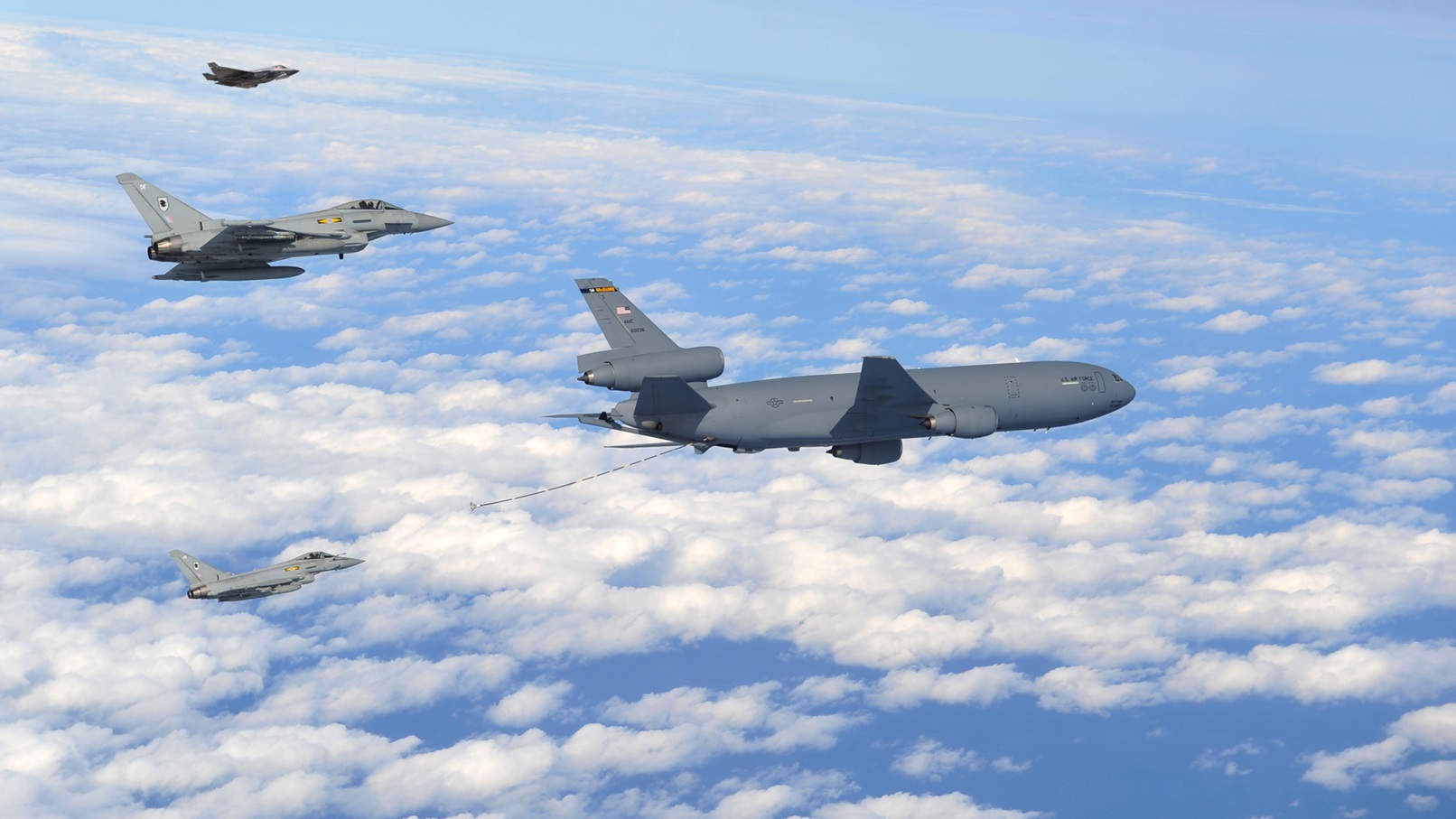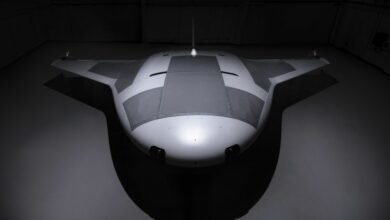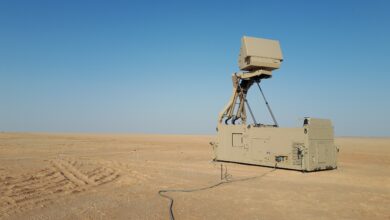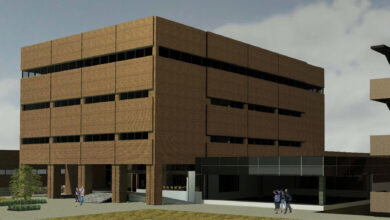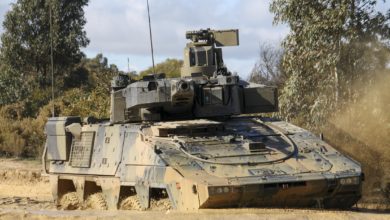Collins Aerospace Builds New Power Module for Airborne Electronics
Raytheon Technologies unit Collins Aerospace has developed a new power module to support the mission-critical power conversion requirements of airborne electronics.
The new Collins 3Phase 3U module will support open architecture applications including aircraft communication, mission computers, signal processors, and radar systems.
It converts three-phase prime power to regulated high power outputs and can operate in harsh environments. Capable of delivering up to 800 watts of power, the module doesn’t require additional filtering hardware for Space, Weight, and Power (SWAP)-constrained platforms.
Collins 3Phase 3U Module
With the modernization of airframes and incorporation of more complex systems, aircraft require a primary power source to deliver higher performance in extreme environments without adding additional weight. Under such requirements, the 3Phase 3U features improved voltage regulation and an ultra-low ripple to improve the system’s applications.
Its EMI filter provides robust power and superior performance to embedded system applications.
“Efficient, reliable and modular power conversion is critical to achieving maximum system performance in extreme conditions,” Heather Robertson, Vice President and General Manager of Integrated Solutions at Collins Aerospace, said in a statement.
“This power module is a significant step forward in enabling aircraft modernization efforts without losing performance,” he added.
The 3U module has been developed by the Collins team in Medford, New York.
Boeing Selects Collins for B-52
In January this year, Collins Aerospace secured a contract from Boeing to upgrade the B-52 bomber aircraft with a new electric power generation system (EPGS).
The company will supply a modern EPGS derived from industry-leading commercial technology. The upgrade to the jet’s current 70-year-old system will provide more efficient technology that requires less power from the engine to operate.
This advancement also helps in improving fuel efficiency for the B-52 along with a decrease in carbon dioxide emissions.

